LORENZO VENNERI's
reference page
Nuclear Energy Posts

Solutions for Terrible Micro Reactor Burnup
Designing a reactor core barely half a meter wide sounds simple and quite reasonable for a startup until you start count...
Nuclear Reactor Explainer
Nuclear reactor explainer starting from the basics through to nuclear reactions and reactor control....
_LCOE_thumb.png)
Design for Cost Methods
SpaceX's Falcon 9 is like a Toyota Corolla – an order of magnitude cheaper than competitor's "high performance" rocket...
How Nuclear Fuel Fails
The general public and even most nuclear engineers do not understand how easy it is for nuclear fuel to fail. Since the ...
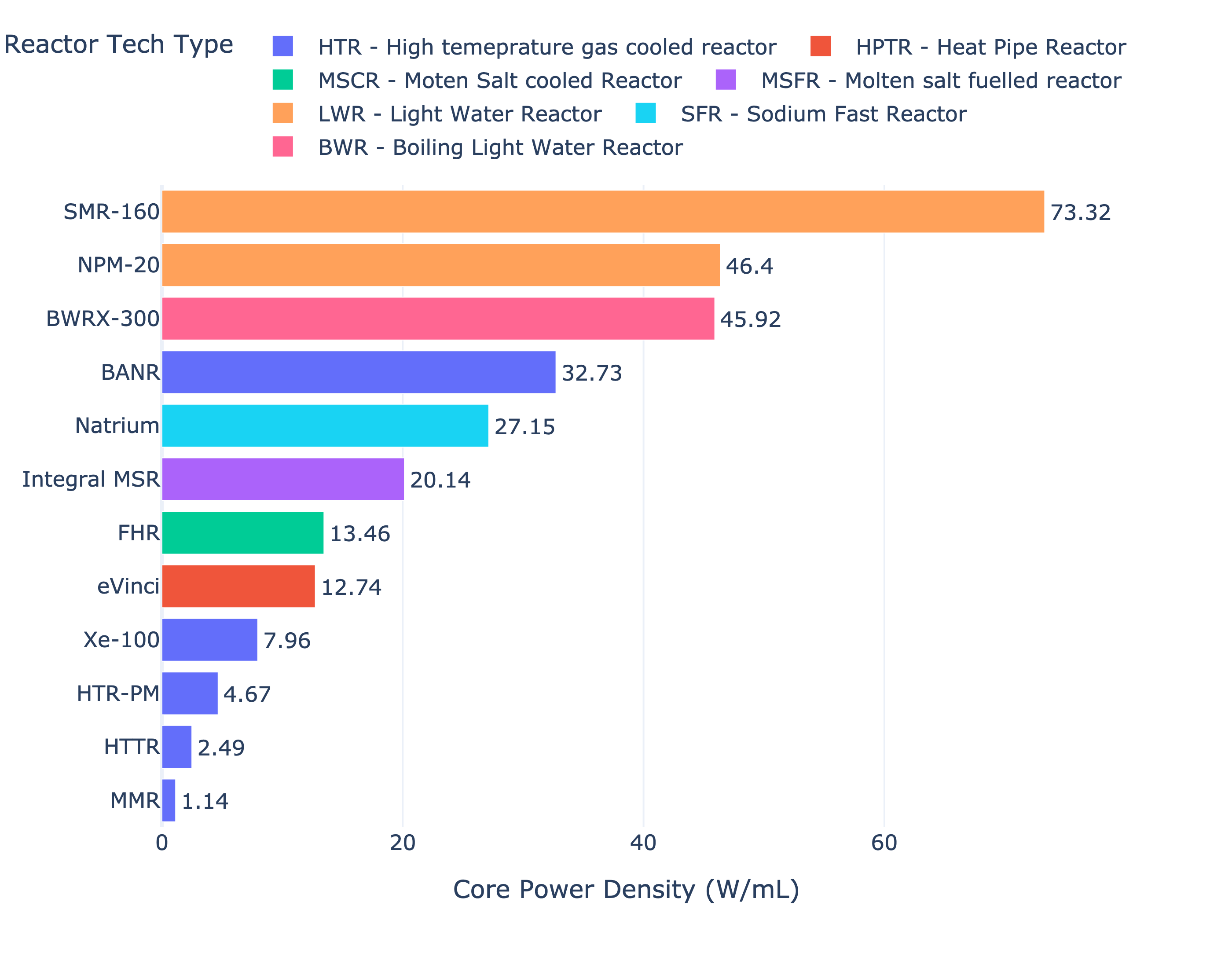
Advanced Fission Reactors
As a side-project, I collect and maintain information on upcoming nuclear energy extraction systems. Having it all in...
The TRISO Fuel Revolution
How TRISO particle fuel technology is revolutionizing the nuclear industry by enhancing safety and enabling advanced rea...
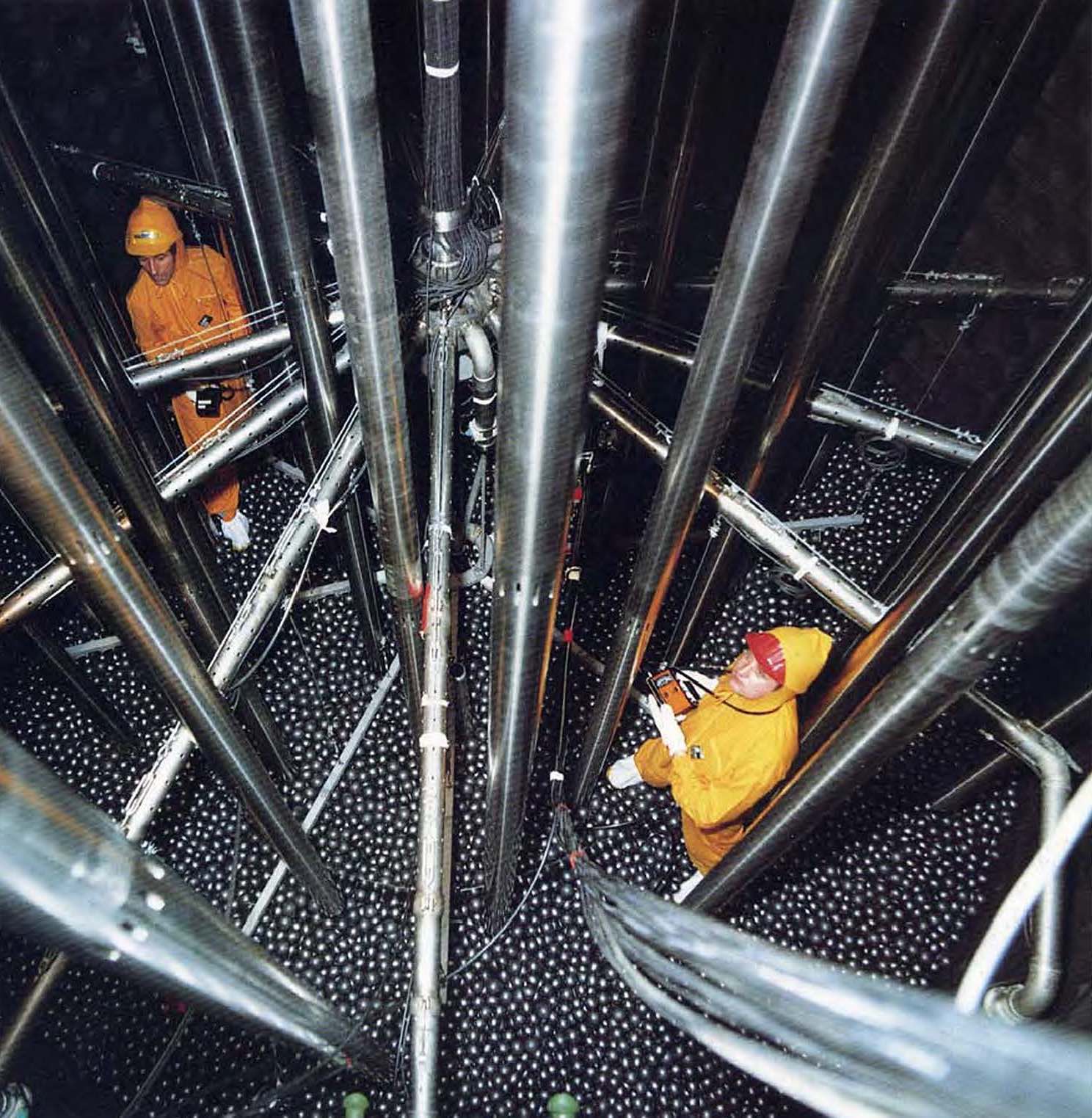
Pebble Bed - The Nuclear Gumball Machine
A technical analysis of the pebble bed nuclear reactor, a TRISO fueled HTGR....

Nuclear Fuels
The conventional UO2/Zircaloy fuel and TRISO-based fuels are introduced below on the basis of how they address or exacer...

Hazards for Nuclear Reactors
Hazards and Mitigating Design Choices...

Power & Biology
Why reactor power rating and reactor size should be constrained like biological systems....
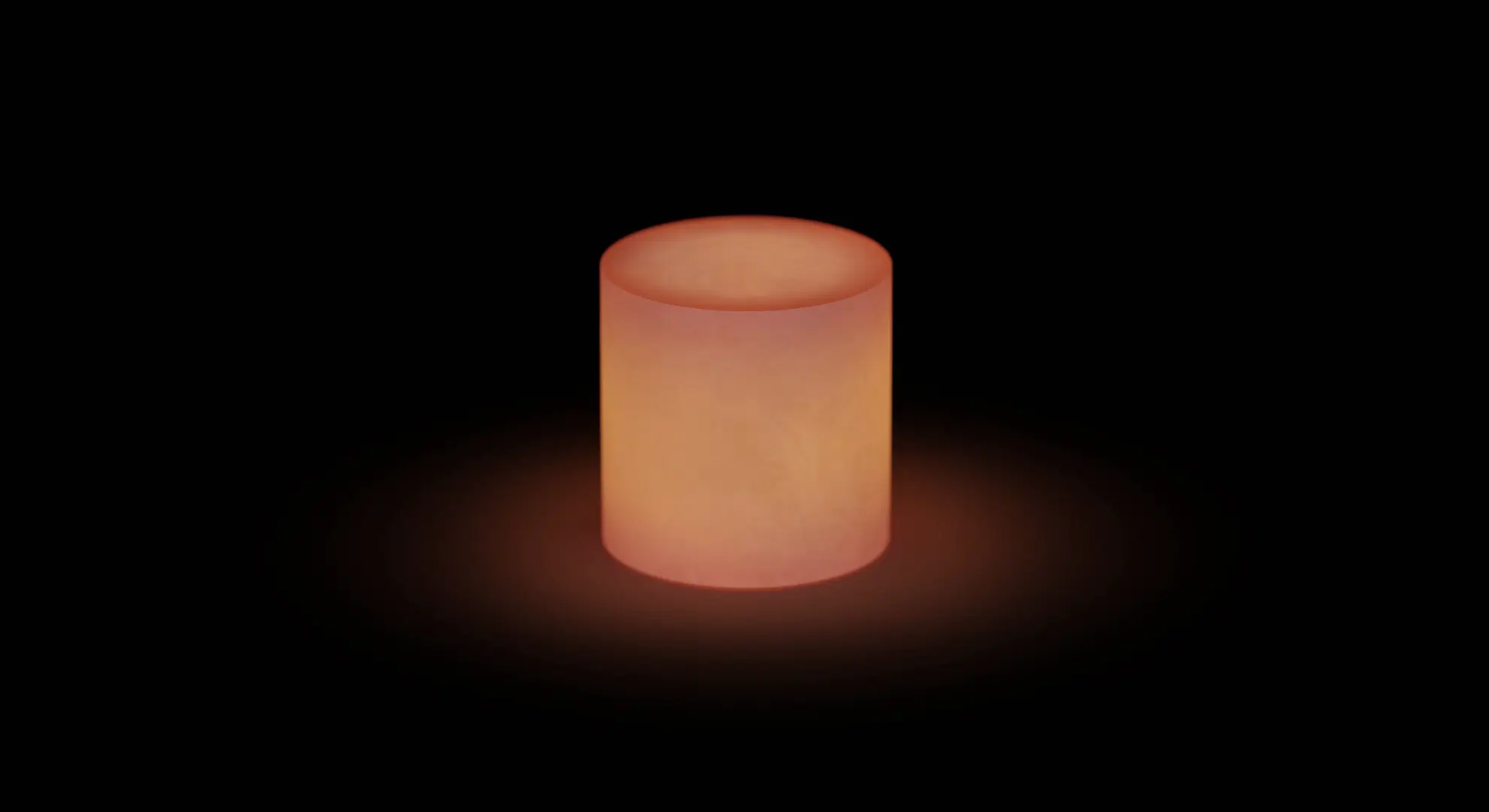
Power Rating, Density, & Surface Area
Passive reactor cooling is achieved by low power rating and power density and high surface area....

Reactor Architectures
There are many ways to design a nuclear reactor to extract and utilize the nuclear heat. What are the principal design c...

Right-sizing a power plant
A quick look at the right size for power plants based on what the market uses and wants....

Risk Reduction for Nuclear Energy
Aversion to nuclear power is not quite as irrational as the nuclear community would have you believe....
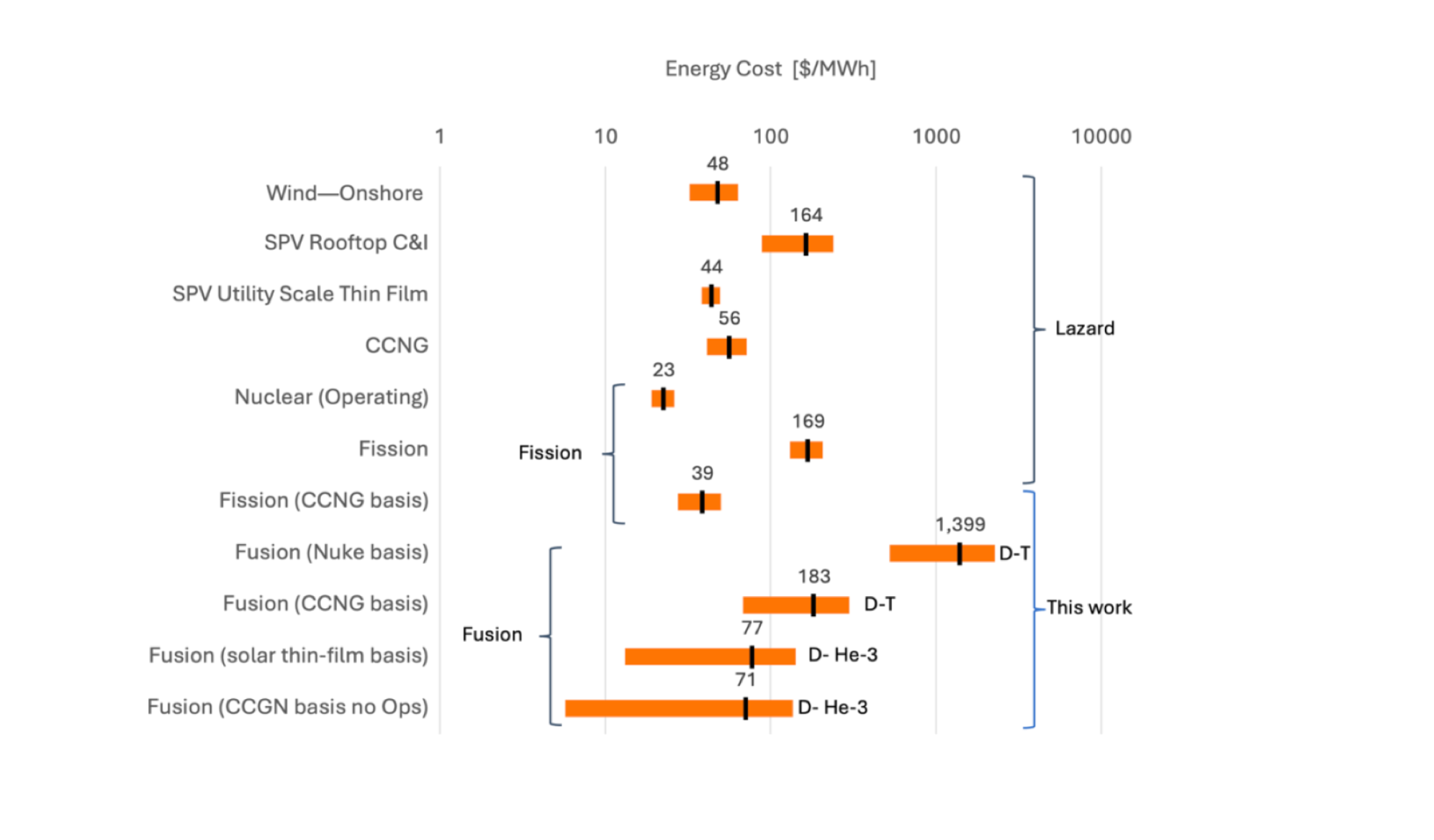
Limits on the Cost of Nuclear Energy
No - it's not "too cheap to meter." But it also shouldn't be prohibitively expensive to construct. Estimating...
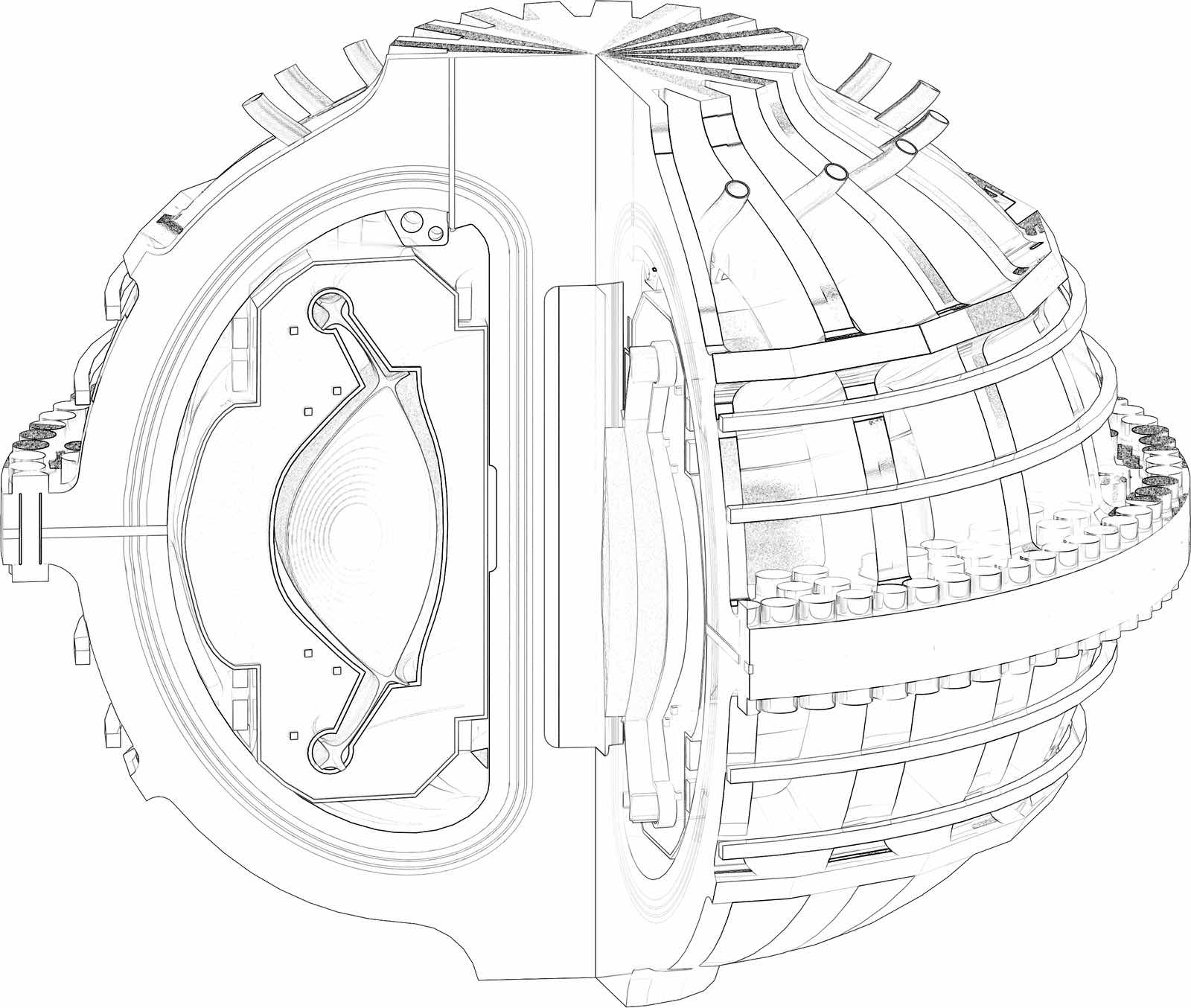
Engineering and Economic Challenges of Fusion
Technical analysis of the near term commercial prospects of fusion energy systems....
Other Posts
2025
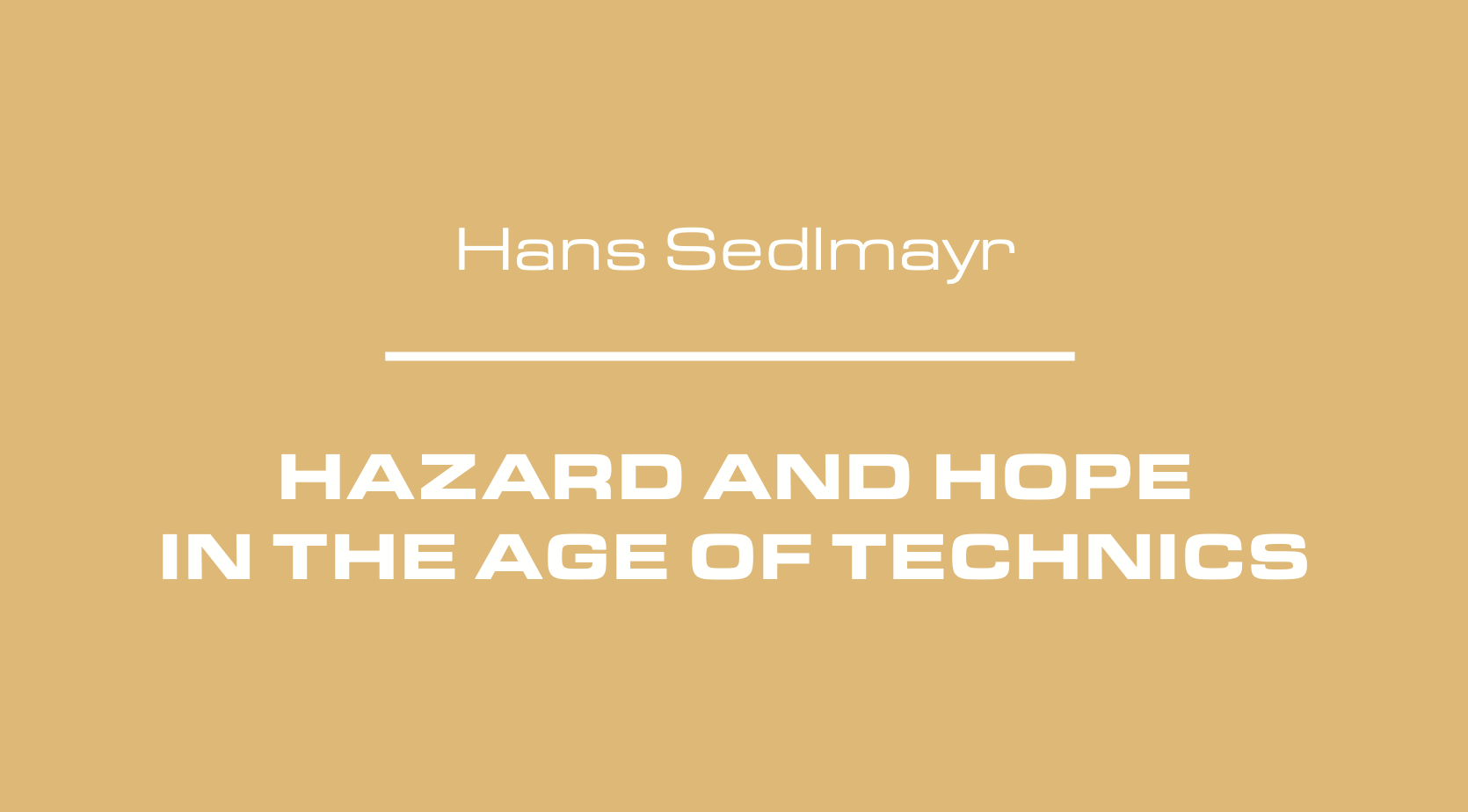
Book translation - Hazard and Hope in the Age of Technics
I finished translating Hazard and Hope in the Age of Technics, a booklet by Hans Sedlmayr first published in 1970. It wa...
Time Lapse Techniques
There's lots of high quality timelapse out there — one of the best is Morten Rustad (@morten.rustad). If you are startin...

Ice Cream Compass
I made a little webapp for fun navigation and exploration. The compass always points towards where you want to go - the ...
2024

Cancer Treatment on a Budget
These are low-cost, not entirely empirical methods to help treat cancer. They are aimed at the poor and desperate, but s...

Case Generator Montecarlo
Over the years I have often perturbed a design or model or strategy for sensitivity analysis and optimization. The typic...

Cookie Dunking Phenomena and Design (Part 1)
Previously, Len Fisher addressed the issue of biscuits lost at tea . As a cookie soaks, the sugar and fats dissolve,...

Artificial Atmospheric Absorption for Spectrum Generation
The solar spectrum shows up at Earth looking pretty close to a black body of 5777 K. As it goes through the Earth's atmo...

Economies of Quality - Levelized Cost on Long Time Horizons
Modern economies tend to organize themselves to produce larger volumes of lower-quality goods. This results in lower ini...

True surface area is >1
Maps are flat. The real world is sometimes flat, but quite often rugged or mountainous. That means the surface area of t...
2023

Ambient Light Removal Using Patterned Illumination
A common problem in image capture for various active illumination methods is ambient light. Many approaches exist....

Single Sheet Lamp
A simple design for a wall lamp using a single sheet of aluminum. Also make for good heaters....
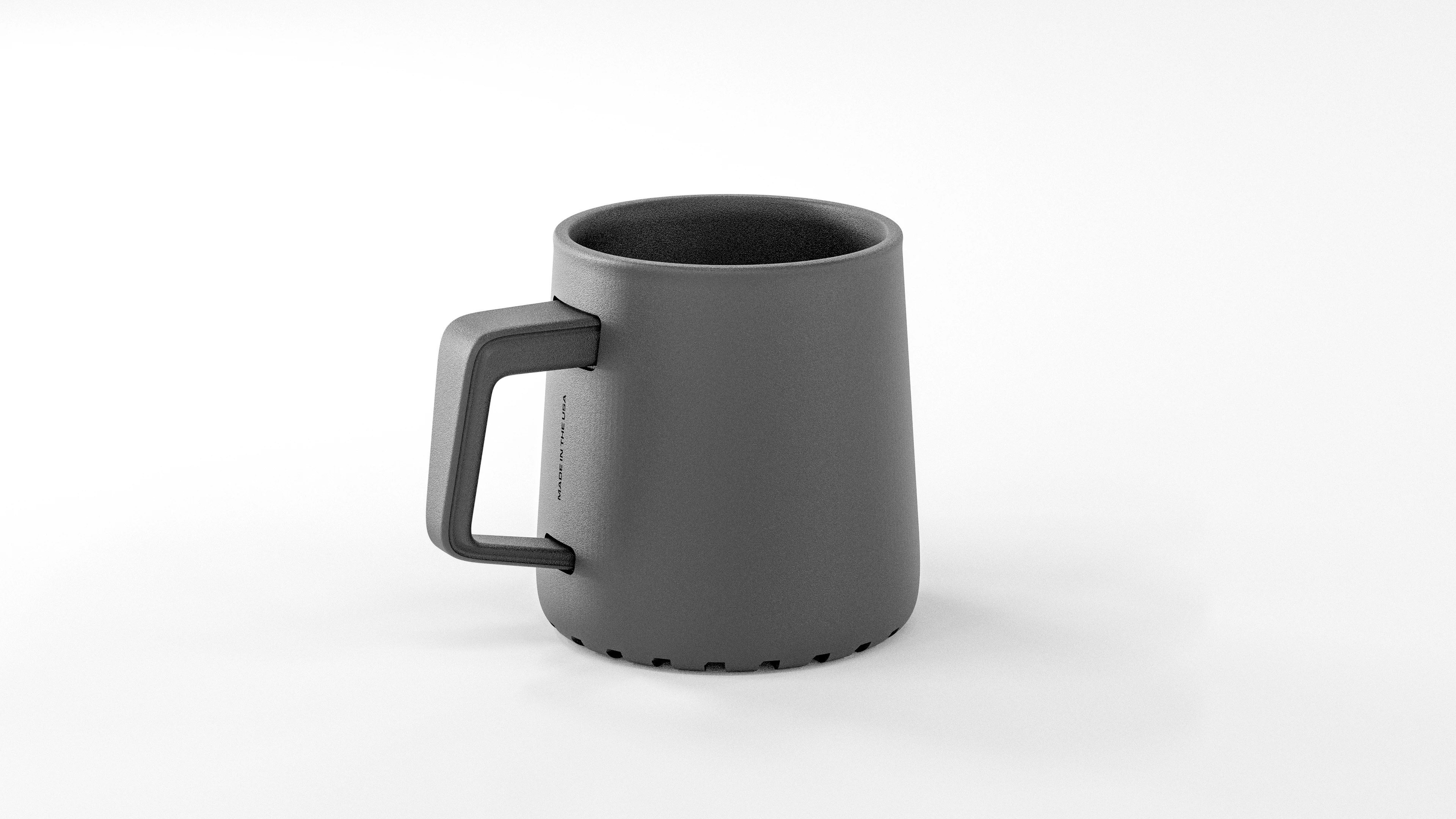
SiC Mug
A design for a SiC mug utilizing advanced additive manufacturing techniques....

Reduced Distortion Eye-Ware
A new approach to eyewear that reduces distortion with a unique accelerationist aesthetic....

Colloids
A little bit about my work on colloids for single-phase heat transfer at MIT....

Health Principles
Collected health principles that may be useful to others....
2022

Sex Ratioed - a Solution to Population Collapse
In the current world of sub-replacement reproduction, a phenomenon occurring primarily in developed countries with large...
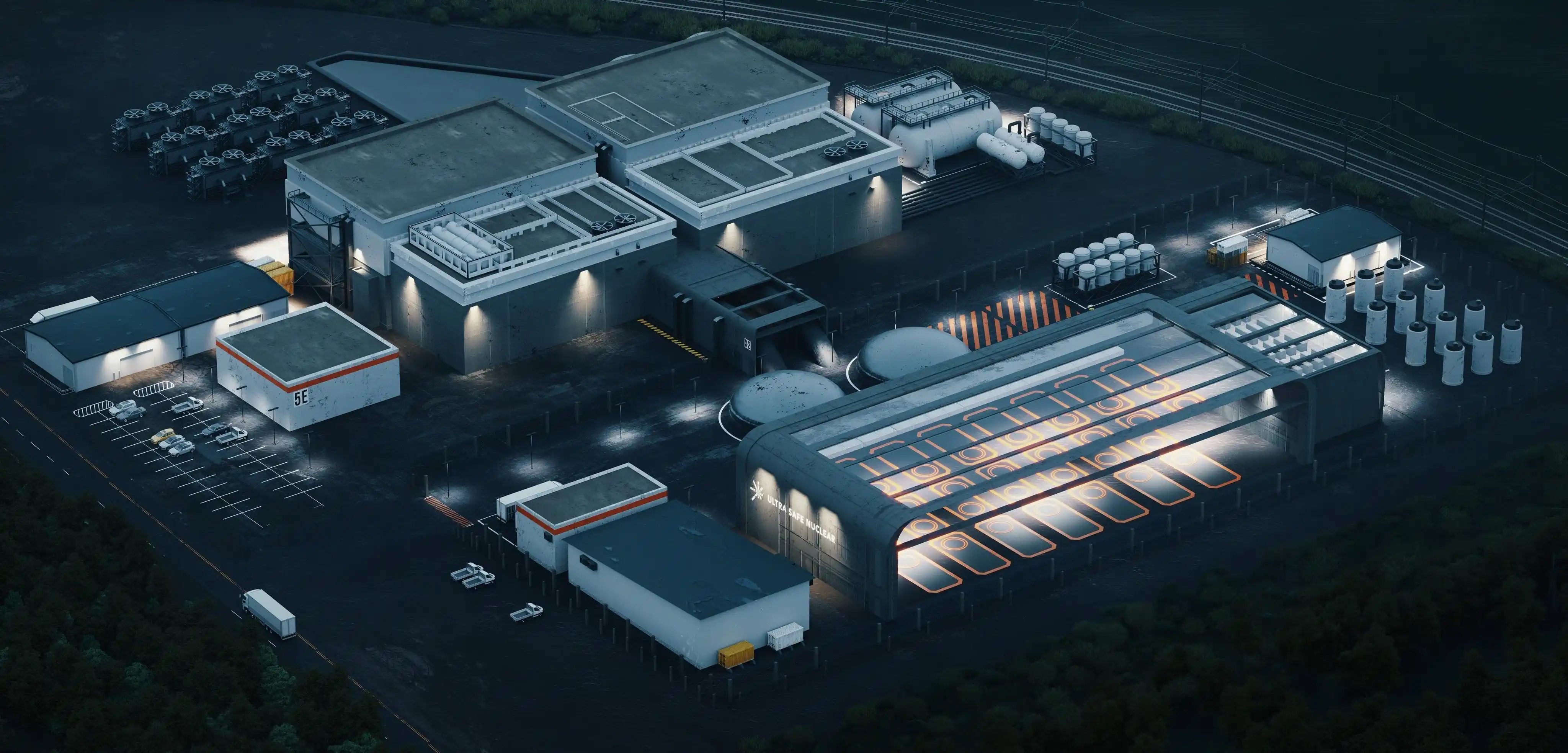
Abandon Grid!
Exploring the high costs of centralized power grids and the benefits of going off-grid for renegade power users....
2018

Carina Complex
Creating this image was the best part of my undergraduate thesis, titled Young Stellar Objects in the Carina Complex....

Animated HR Diagram
The Hertzsprung–Russell diagram (HR Diagram) shows the status of stars in a cluster, represented by points for each star...
2017
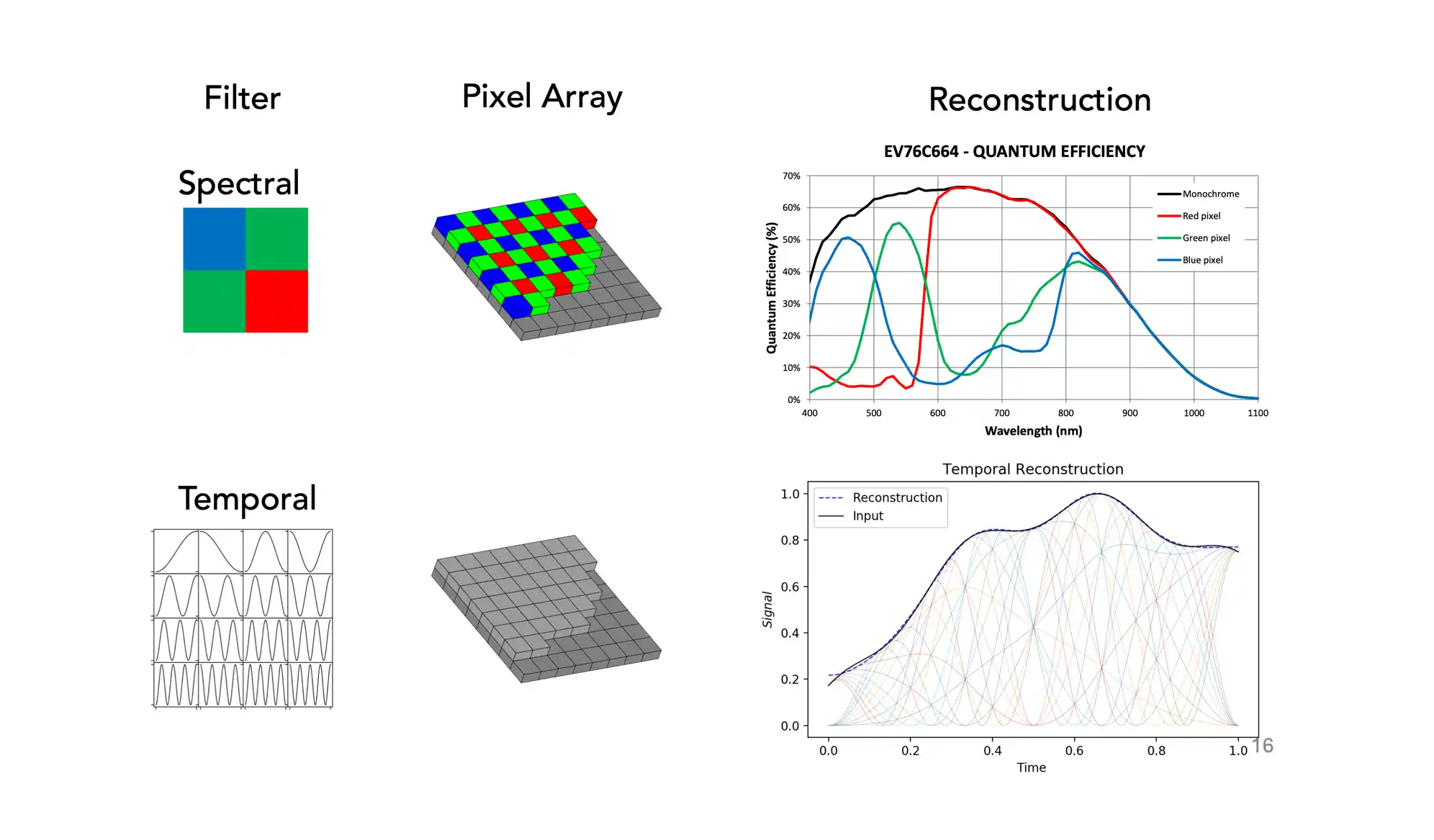
Time-variable Observation
RGB array is like a modulator array....
2015
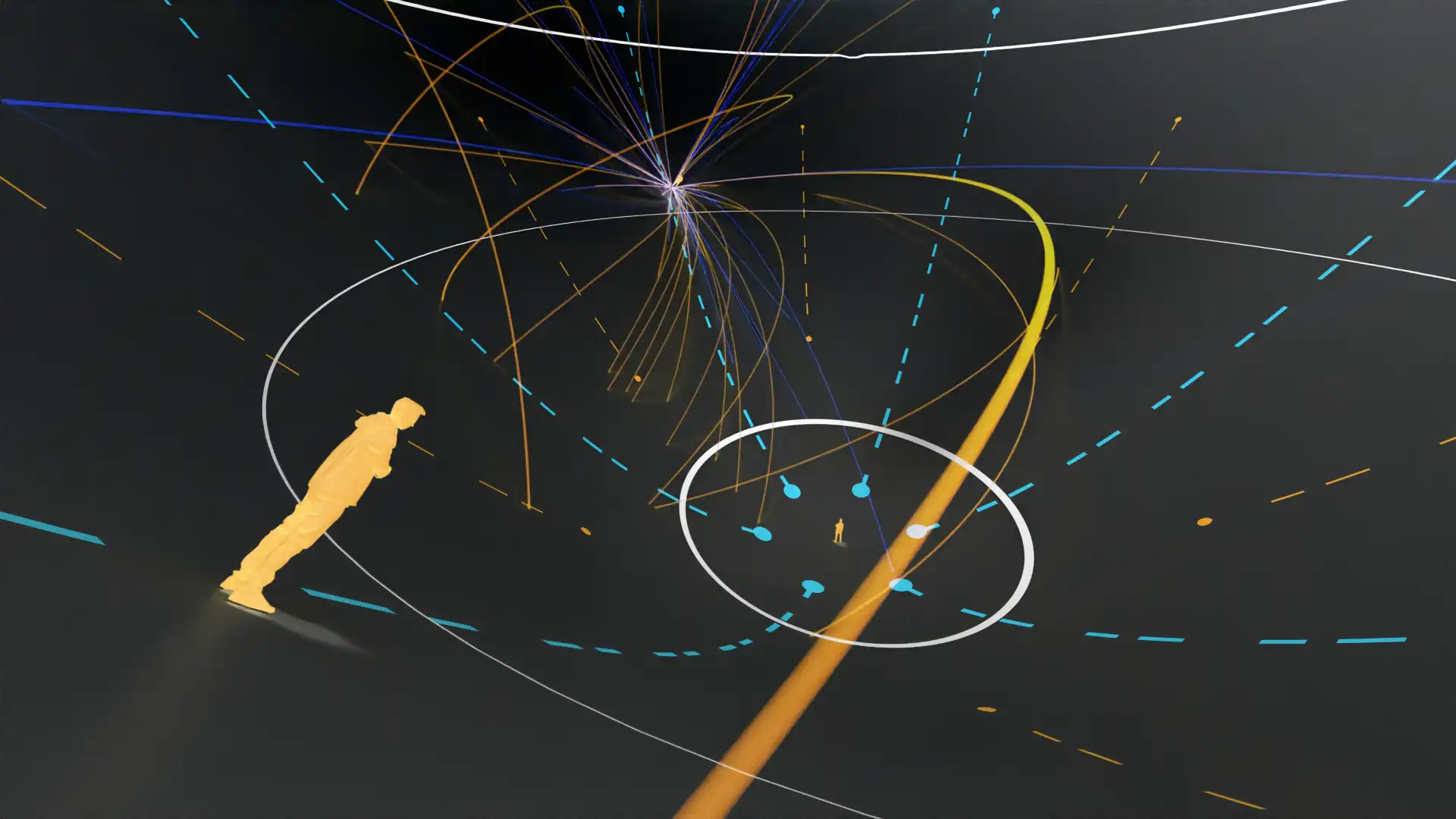
Parabolic Pitch
Illustrated description of new sport played on rotating platform....